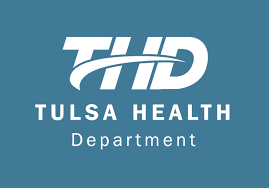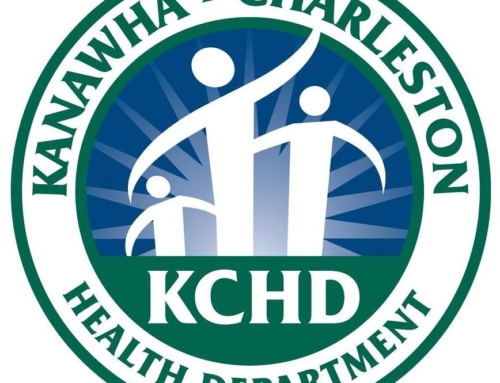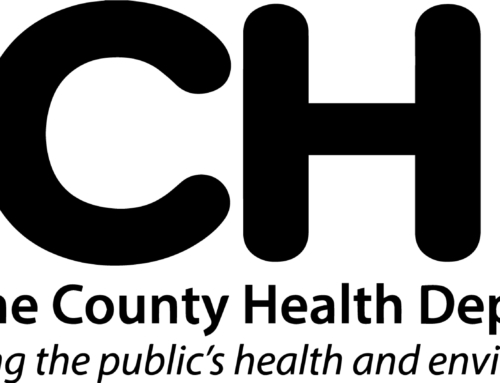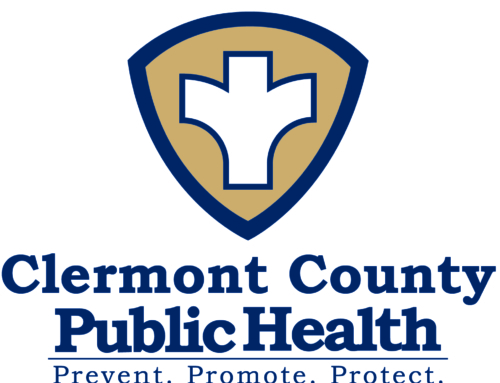Project Description

“As a result of completing the accreditation process, the Tulsa Health Department recognized the need for innovative strategies to strengthen accountability to further improve population health.”
Accreditation Process Exposes the Importance Of Accountability to Improve Population Health in Tulsa, Oklahoma
By Bruce Dart, PhD
As a result of completing the accreditation process, the Tulsa Health Department (THD) recognized the need for innovative strategies to strengthen accountability to further improve population health. Our story demonstrates the power of accountability both internally to the agency and externally in our community.
Internally, THD’s Strategic Plan was enhanced through constructive feedback from the PHAB team. We learned the importance of agency ownership from upper management to frontline employees. With this knowledge, the current Strategic Plan was crafted into two layers. First, THD’s leadership identified five Central Goals that complement one another and can be completed by all programs and divisions. Next, the Specialized Goals were created with guidance from each division and their specific programs through multiple meetings and the refinement of goals. THD’s Strategic Plan is a five-year plan, 2016-2020, that focuses on the Central Goals in the first two years of the strategic planning cycle and that has an impact on all team members, programs, and divisions. The last three years of the plan focus on the Specialized Goals that depend on the foundational elements of the Central Goals to be completed (or developed into on-going implementation). Lastly, the Strategic Plan is understood and tied into the work of each employee through their annual Performance Management Process (PMP) review, which directly ties into the Specialized Goals. In 2017, 115 supervisors and employees completed the PMP review.
Externally, THD recognized the need for a neutral convener to hold health partners accountable in the implementation of the Community Health Improvement Plan (CHIP). Prior to accreditation our agency had some processes in place to create a CHIP, however after review the goals were not actionable nor did they include stakeholder feedback resulting in a standalone report with minimal measureable impact. Thus, when planning for this CHIP process, a concerted effort was made to ensure a diverse group of community partners was involved from the beginning and committed to ongoing participation from planning to implementation. Partners signed a letter of commitment to attend planning meetings and have since joined subcommittee alliance groups and participate in well-defined action plans. Today, over 90 health partners representing health care, government, business, education, community services, community organizations/coalitions, and complementary service providers remain engaged. In January 2018, partners celebrated the many successes completed in the first year of this CHIP. For example, the adoption of the Bicycle/Pedestrian Master Plan will provide a comprehensive regional plan for pedestrian and bicycle improvements, provide connectivity to the existing regional trail network using on-street treatments, and improve pedestrian and bicycle safety in Tulsa.
Tulsa Health Department in Tulsa, Oklahoma, was awarded national accreditation through the Public Health Accreditation Board on August 20, 2013.
About the author: Bruce Dart, PhD, is Executive Director at the Tulsa Health Department in Tulsa, Oklahoma. Contact him at [email protected].




